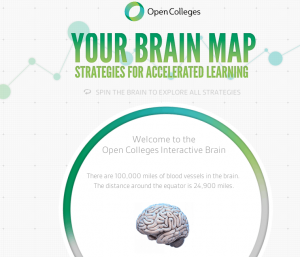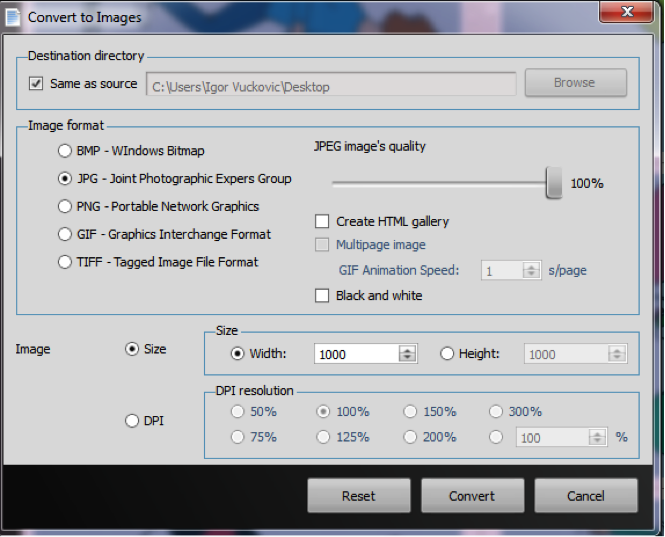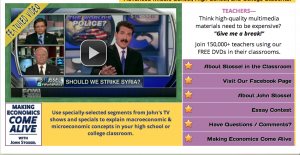Warning: This is a paid advertisement! For a company promoting an idea.
Technology has changed the way we do pretty much everything now. We use applications on our phones to hail cabs instead of just our hands in the air. We look at websites to find potential mates instead of heading to the bar. And we use computers and search engines from the comfort of our own homes to do research, instead of sifting through stacks of books and relying on the Dewey Decimal system in the library.
The practice of law, however, has largely stayed the same over the past  century; even if the tools have changed. Cases are still argued in courts, by attorneys who have passed the bar, in front of esteemed judges or juries. Criminal defendants are still considered innocent before being proven guilty. Laws may have changed the substance of American law, but the basic principles behind them mostly have not changed substantially.
century; even if the tools have changed. Cases are still argued in courts, by attorneys who have passed the bar, in front of esteemed judges or juries. Criminal defendants are still considered innocent before being proven guilty. Laws may have changed the substance of American law, but the basic principles behind them mostly have not changed substantially.
Legal research, however, has changed a lot in the past ten to fifteen years. Law schools still have physical libraries, of course, but most of the research that students do is online, using search platforms like LexisNexis, Westlaw and Bloomberg. In the past several years, another search engine has started to be widely used: Google Scholar allows users to search through past legal articles and court decisions – for free.
All of these tools make it increasingly easy for law students to find what they are looking for; it also makes it more likely that they may stumble upon helpful information that they were not seeking. By searching by keyword, by jurisdiction, or by legal principle, students can locate cases that are over a hundred years ago without even cracking a book. Whether a student is searching for a commonly read case or an obscure one, online search engines make them easy to find.
Finding old cases is one of the best features of using online search tools for legal research. A keyword search is infinitely easier to run than searching through piles of books in a library, especially when the topic is not a common one. For example, while it would be easy to find cases on criminal sentencing laws in a particular state, it would be significantly harder to find cases involving exposure to asbestos leading to mesothelioma.
Indeed, the more specific the information a law student is looking for, the more helpful these online search tools will be in locating them. Using tools like LexisNexis, Westlaw, Bloomberg, or Google Scholar, however, requires learning how to maximize their offerings by understanding all the different ways the platforms can be used. While browsing through hornbooks can be the best way to acquaint oneself with a new topic, running specific keyword searches is better for locating particular cases.
Further, legal search engines often include non-legal resources as well. Students can search through periodicals as well, which can often be helpful for placing cases in historical context. A student researching mesothelioma cases, for example, may want to look through old newspapers and see when cases were first reported.
Some firms and interest groups offer online resources and educational information including Cooney and Conway in Chicago, who have specifically developed a Veterans Guide to Asbestos Exposure, Mesothelioma, and Lung Cancer. These types of guides are available for free online and offer a great resource to learn more about the type of case you’re studying.
No matter what the topic of research, however, one key to success is to be extremely thorough. Using online research tools makes it easier to be sure that your research does not have holes in it, that you have “scorched the earth” when necessary, and that your opponent will not surprise you by finding a case that disproves your legal theories and arguments. It’s important for students and practicing attorneys both to learn how to use online legal research tools to do complete research that has not missed older cases simply because they are not from the recent past.
Being able to do comprehensive research is an absolutely necessary skill for any law student hoping to become an effective, successful attorney. Even though legal search engines will turn up cases that turn out to be irrelevant, they can be much better equipped for helping students than their paper, bound antecedents. Students who prefer books, though, do not need to worry. They are still important tools, especially for students looking to get specific information on a topic or case. However, when it comes to finding a large number of information on a legal topic, nothing competes with online searches.
About the author: Jessica McNeil is a Legal Assistant to James R. Hopkinson, one of the skilled attorneys at the leading Chicago law firm of Cooney & Conway. You can find














 and environments that are unlike anything ever seen before in human history. Their impact on students, teachers and entire education related industries will be increasingly profound in the years to come.
and environments that are unlike anything ever seen before in human history. Their impact on students, teachers and entire education related industries will be increasingly profound in the years to come.


 I figured I would write a post about it since it was just easier to explain. This is going to be my 7th year of teaching (wow how fast time flies) and my 5th year teaching AP Government and Politics. I finally feel comfortable with the content and preparation after my 4th year.
I figured I would write a post about it since it was just easier to explain. This is going to be my 7th year of teaching (wow how fast time flies) and my 5th year teaching AP Government and Politics. I finally feel comfortable with the content and preparation after my 4th year.



 multiple ways this year: from creating rubrics for projects, to student information logs, to contact with parents, rubrics, and even grading homework assignments. Google Form is a WONDERFUL resource that is underutilized in education.
multiple ways this year: from creating rubrics for projects, to student information logs, to contact with parents, rubrics, and even grading homework assignments. Google Form is a WONDERFUL resource that is underutilized in education.